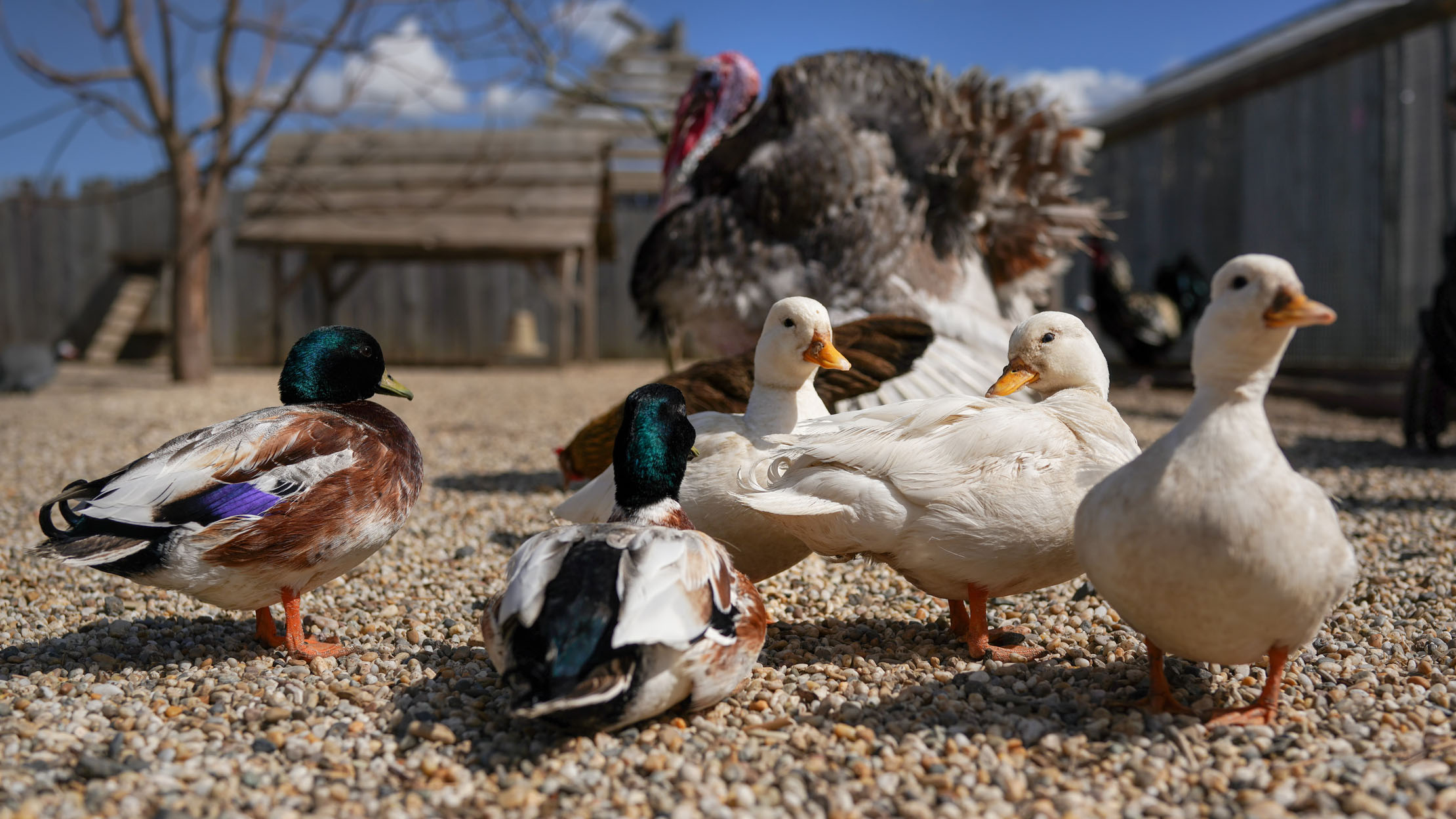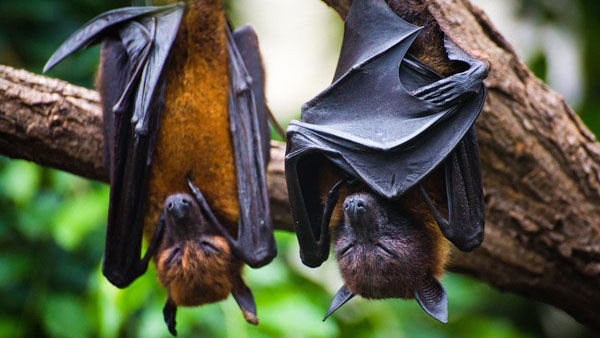Information about influenza (flu) in various animals.
For Everyone
Related Links
General information about influenza (flu) in horses, including causes and how it spreads.
Explore helpful links to news, spotlights, and articles about Influenza in animals.
Information about avian (bird) influenza type A viruses - CDC
Information on Swine Influenza/Variant Influenza Viruses - CDC
This information can help prevent the spread of flu in agricultural fairs and other public settings.
This information can help prevent illnesses in public settings, like agricultural fairs, where peopl...






